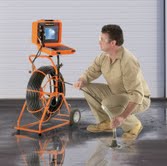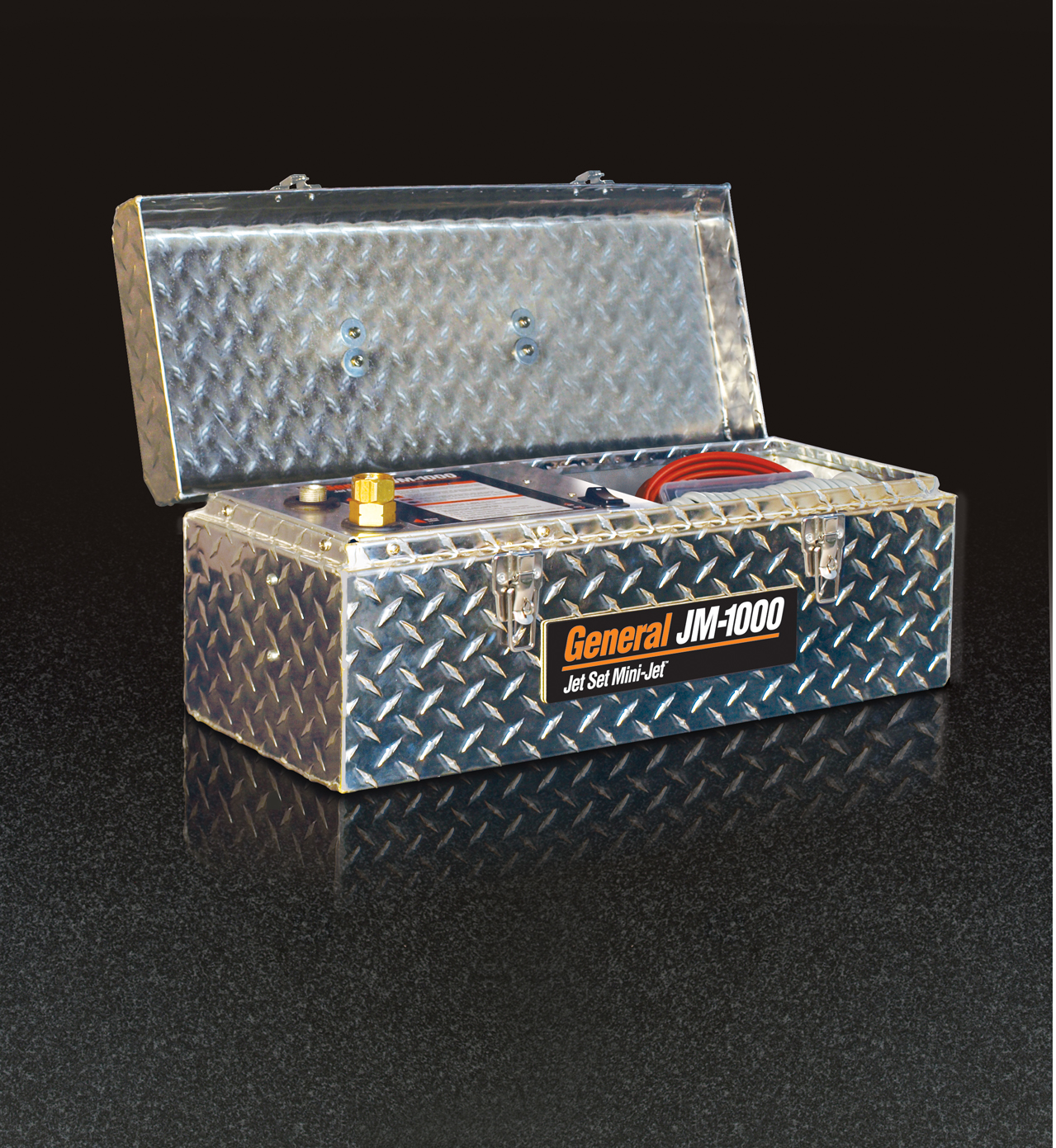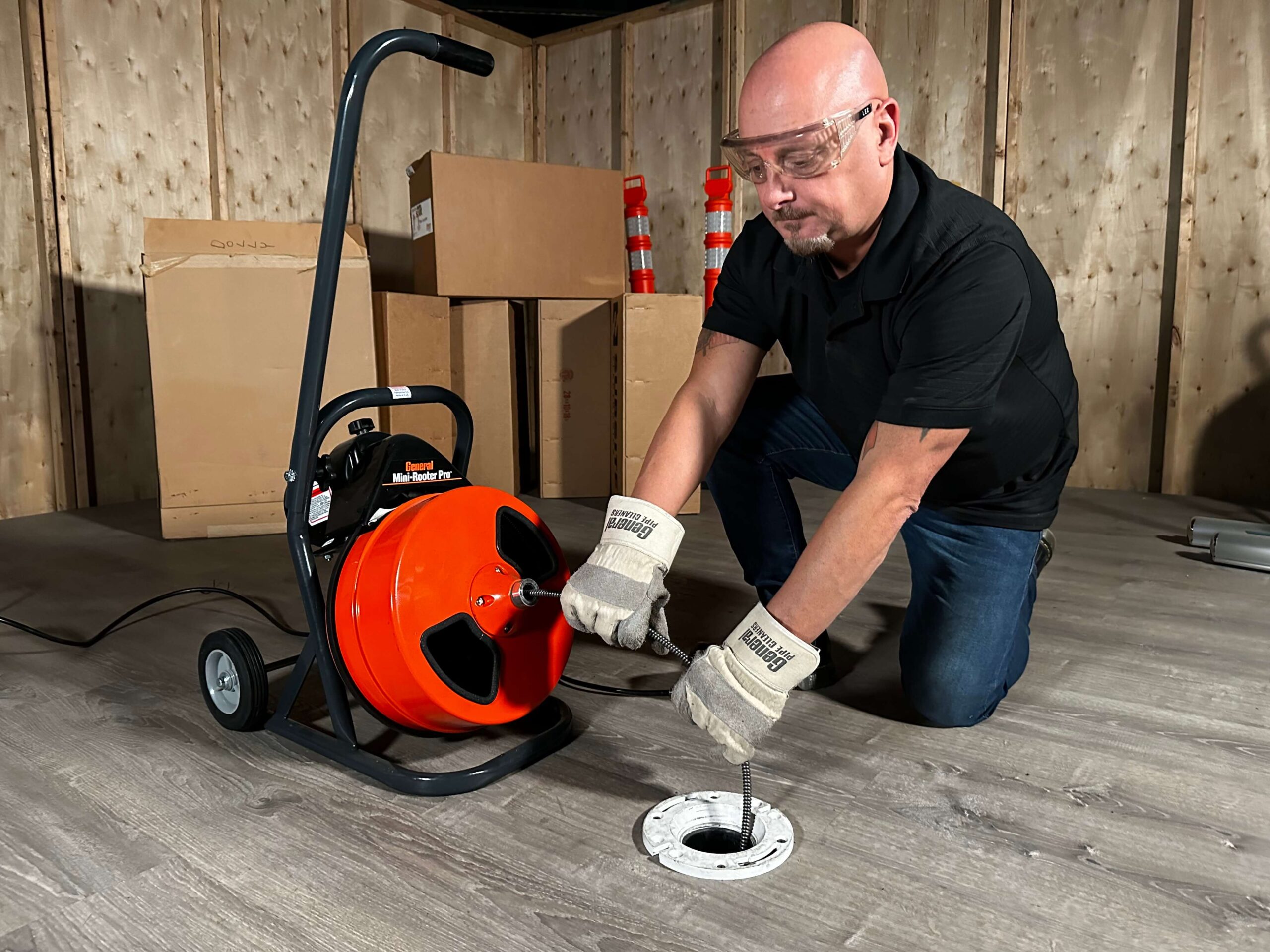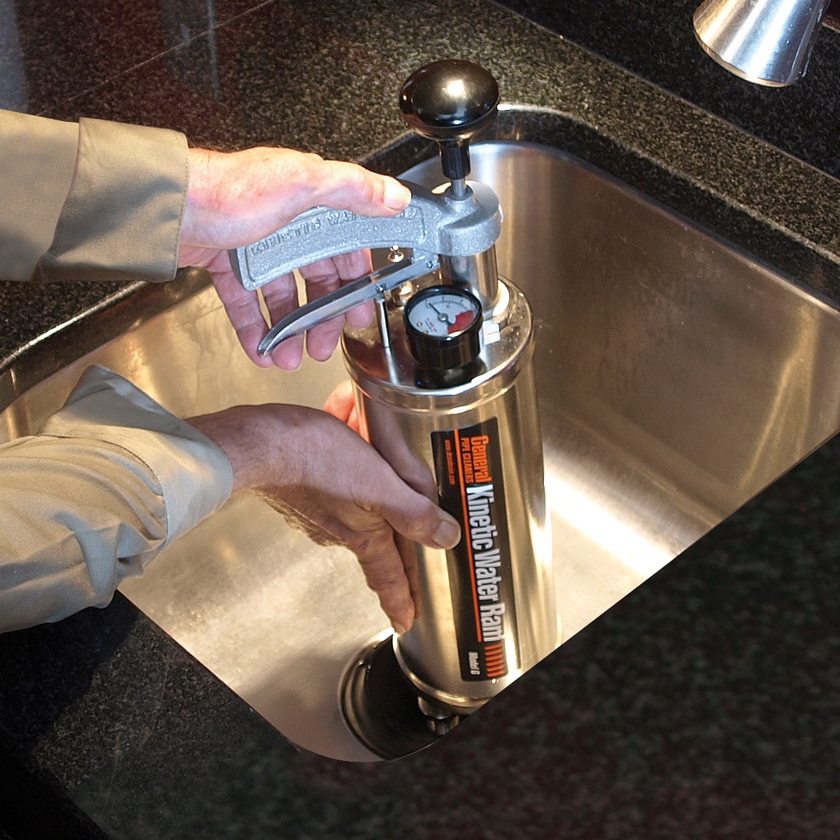When we force ourselves to think about EPA regulations, we tend to imagine a bureaucratic swamp of Okefenokee dimensions, calculated to suck the entrepreneurial spirit out of independent contractors like plumbers and drain cleaning professionals. And yet, the Environment Protection Agency’s Clean Water Act may be one of the best things to ever happen to the drain cleaning industry.
In a nutshell, the Clean Water Act protects the integrity of our drinking water. Although this obviously covers the composition, design and purity of the water supply system, it also regulates sewage treatment. In essence, the Clean Water Act seeks to prevent waterborne pollutants from entering the potable water supply by preventing spills and leaks in the sewage treatment system; a task that gets more difficult every year.
The pipes, waterways and facilities that comprise the “bones” of the sewage treatment system in the U.S. were born in the late 19th and early 20th centuries. Pipes made of clay, tile and sometimes even wood are often unearthed in the major cities of the Northeast, and what newer infrastructure exists has been replaced piecemeal, the result of failure instead of a systematic program of preventative maintenance. The main drains that feed our sewage treatment facilities lay buried beneath busy streets and thoroughfares that politicians are loathe to dig up for weeks at a time, creating nightmarish, popularity devouring traffic jams. In the short-term-results world of municipal governments, it is easier to keep one’s fingers crossed and hope that the main sewer running down the center of Main Street collapses during someone else’s administration.
The problem with all of this is that our infrastructure is leaking like the proverbial sieve. In major metropolitan areas all over North America, sewage treatment plants overflow into the local river/lake/bay/ocean every time that it rains. Rain water infiltrates the sewer pipes at every level, small, medium and large, sending more and more fresh water downstream towards the treatment plant. And, as everyone knows, when you combine one gallon of clean water with one gallon of sewage, the result is two gallons of sewage. Two gallons of sewage that must now be handled by a sewage treatment plant that may have been designed back in the 1960s for a population base a fraction of the present day’s.
If all of this sounds frightening… good. Sewage spills are nasty business and we should all be doing what we can to prevent them.
Which leads me to the good news: It turns out that 40 to 50 percent of the fresh water infiltrating the waste water drainage system is getting in through lateral drains. Yes…those lateral drains, the one that drain cleaners and plumbers wrestle with every day. The ones that are the financial responsibility of home and business owners. The ones that plumbers and drain cleaners get paid for repairing. Those laterals.
The Environmental Protection Agency suggests that plumbers and drain cleaners replace, repair or re-line all pipes that are feeding fresh water into the system. To do your part, you need to look for two things:
- Leaky laterals.
- Laterals with illegal/out-of-code connections to storm sewers, downspouts, French drains, etc.
A pipe inspection and location system is obviously the first requirement to find and document problems. It’s unlikely that you will be able to get the property owner to pay for a pipe replacement of relining job if you can’t provide a good picture of what is happening deep underground.
In today’s world, most sewer camera systems have the option of a built in recording device like a DVD burner or SD/USB recorder. Others allow you to record directly to your tablet or smartphone, where you can upload the video to any number of websites providing formats suitable for your customer’s viewing pleasure. Even if your camera system is a techno-dinosaur without a built in recorder, you can always purchase a stand-alone device that will attach to your system’s video-out port. Regardless, you will want a device that you can use both as a diagnostic and a marketing tool, to find the problem and then sell the customer on the next and most important part of the job.
Having a reliable and easy to use locator device will also help close the deal. Being able to mark the path of the pipe and walk the customer along the path of the replacement or re-lining job is a powerful selling tool.
One word of advice to contractors treading this route: Jetters.
If you don’t jet the drain first, you won’t be able to see the cracks and fissures that allow infiltration and leakage. In today’s world, with today’s diet, so many commercial and residential drains are caked with grease and muck making inspection is next to impossible. One pass with a high pressure water device changes everything. Suddenly, the interior of the pipe looks brand new, and cracks and illegal connections become obvious…both to you and the customer.
If pipe replacement or re-lining is outside of your current skill set, perhaps a strategic alliance with the appropriate contractor may prove to be mutually profitable. Make a new friend and help to save the environment.
And a final word about following the EPA’s mandate of replacing or re-lining every leaky pipe; it is a call to action not a license to steal. Do the right thing while keeping the big picture in sight. In a time of infrastructure replacement, opportunities abound. Every major metropolitan area in the U.S. will see billions of dollars spent in lateral replacement and re-lining jobs over the next 10 years. That’s “billion” with a “B.”
Invest in a good pipe inspection-location system, a good jetter and join the fun.
Contact the Drain Brains® at General at 800-245-6200 or by email [email protected].





